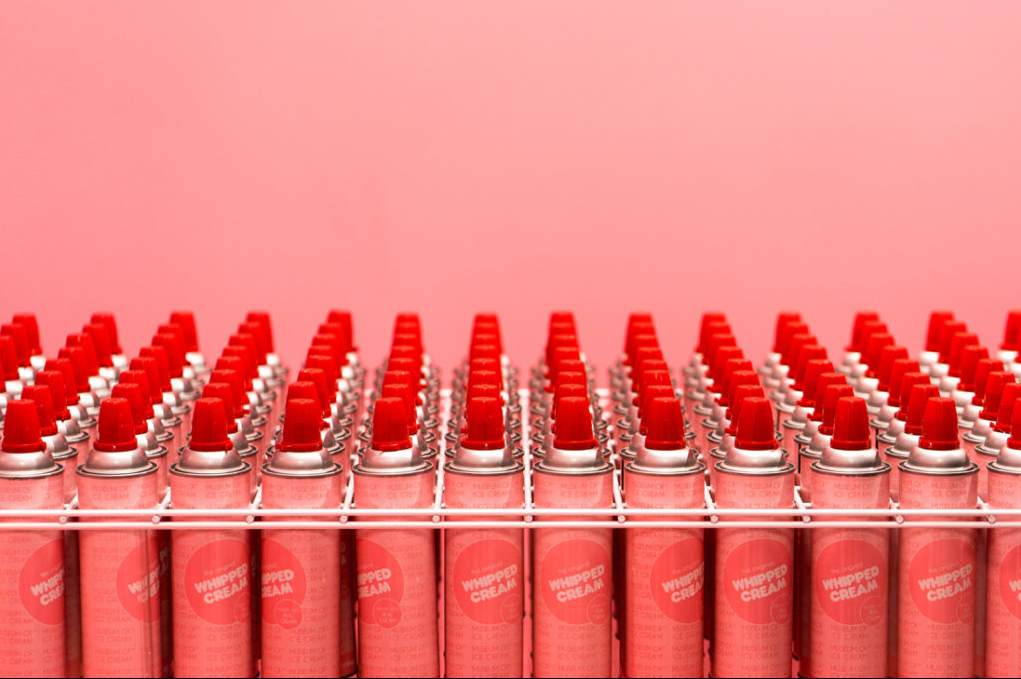
If we can see it, we want it. Behavioral economists love experimenting. In elementary schools, they found that by shining a light on fruit and placing a salad bar in the path of sweet things, more kids chose to eat fruit and salad.
We can use these ideas in our own businesses. For example, in restaurants and coffee shops, menus should be designed to draw the customer’s eye to the most profitable items using pictures and boxes. People are heavily influenced by the first price they see. When people see an item on the menu that’s highlighted, boxed, or illustrated, it’s probably a high-margin product that the restaurant hopes you will see and consider.
Poundstone also tells of researchers who offered people two kinds of beer; a premium beer for $2.50 and a bargain beer for $1.80. About 80% chose the more expensive beer. Then, a third beer was added to the selection, a super bargain beer that cost $1.60. Now, 80% of the people chose the $1.80 beer; and the rest bought the $2.50 beer. Nobody bought the cheapest option! In a third test, researchers removed the $1.60 beer and replaced it with a superior premium beer for $3.40. Most people chose the $2.50 beer, a small number chose the $1.80 beer, and around 10% opted for the most expensive beer. Like Goldilocks, we all favor what’s in the middle. In pricing items, understand that people shy away from high and low prices.
Therefore, be as shrewd as snakes and as innocent as doves. Matthew 10:16
![]()
PATRICK LAI and his family have worked in SE Asia for other 37 years. His experience in doing business with Jesus has brought him to understand the meaning of work and worship in the marketplace. He started 14 businesses in four countries, six of which are still operating. Patrick and his wife, May, mentor and coach businesspeople working where there are few or no Christians. Check out Patrick’s latest book, Workship, now available in paperback and e-book.
